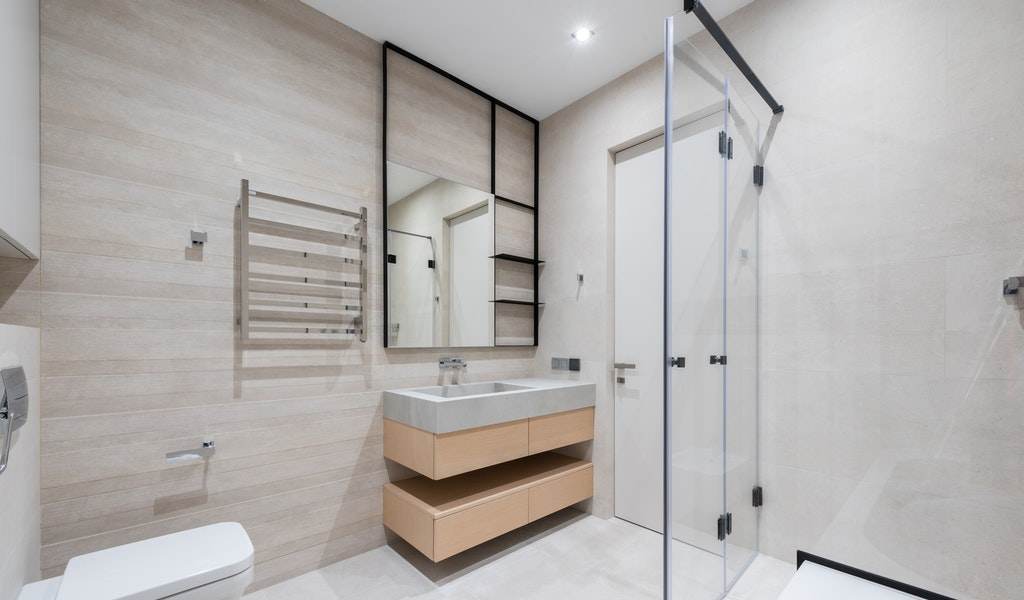Cleaning up after using the bathroom is something most adults take for granted. You don’t think about it – it’s just something you do. Cleaning up involves using dry toilet paper and wet wipes for most Americans. However, you’re better off using a bidet.
Using a bidet is also better for the environment. If you want to be completely clean and help the environment simultaneously, you need a bidet.
How a bidet keeps you clean
There’s no comparing the clean you get from toilet paper and the clean you get from a bidet. It’s safe to say only a bidet will get you truly clean.
The more you wipe with dry paper, the more you just spread fecal matter around your skin. You can get most of it, but you’ll never get all of it. However, you can get completely clean with a bidet.
· A bidet is a shower for your bottom. No matter what bidet style you use, water will get you just as clean as a shower.
· Cleaning with a bidet eliminates the spread of bacteria. Wiping with dry toilet paper can lead to bacteria spreading around your house. When you wash with a bidet, you don’t have to worry about getting feces on your hands, even when using a bidet cloth to dry yourself.
Why a bidet supports your health
In addition to getting you cleaner, a bidet also supports your health.
· Using a bidet drastically reduces the chances of fissures. Fissures are tears in the skin caused by wiping too much and too hard.
· Using a bidet won’t aggravate hemorrhoids.
Elderly and disabled individuals who can’t wipe can get clean using a bidet.
· Using a bidet prevents you from absorbing two of the most toxic chemicals known to man. Furans and dioxin are two carcinogens found in toilet paper. The bleaching process is responsible for their presence.
How a bidet helps the environment
In addition to keeping you clean and supporting your health, a bidet will also help the environment.
· Using a bidet saves water. While a bidet technically requires using additional water to wash your bottom, it saves water in several ways.
Statistics published by Bidet.com say Americans use 36.5 billion toilet paper rolls each year. It takes between 12 and 37 gallons of water to produce one roll of toilet paper. So if everyone used a bidet instead of toilet paper, the world would save 438-1,350.5 billion gallons of water each year.
If you have small children, you’ve probably done many unexpected loads of laundry to wash soiled clothing. With a bidet, this won’t happen.
· Using a bidet saves trees. Nearly 27,000 trees are cut down daily to support the world’s 7-billion-roll-per-year toilet paper habit. It takes 1.5 pounds of wood to produce a single roll of TP. If the world stopped using toilet paper and got a bidet, the world would preserve 9,855,000 trees per year.
Using a bidet saves energy. For example, it takes 1.3 kilowatt-hours (KWh) to make one toilet paper roll. At 7 billion rolls per year, that’s 9.1 billion KWh per year of energy. As a result, bidets use a negligible amount of electricity.
There are different types of bidets for every preference.
No matter what type of bidet you need, you can find something that works. There are manual bidets and battery-powered bidets if you’re off the grid or camping, and there are toilet seat attachments that come with a heated seat and a blow dryer.
If you want to go retro, you can get a free-standing bidet that gets plumbed into the wall next to the toilet. With this type of bidet, you stand over it, fill it with warm water, and use the water to wash. If you want to clean with soap, this is the only bidet that makes that easy.
Final Thoughts:
Bidets are affordable, so you have nothing to lose. Get one and try it out, and if you don’t like it, you can give it to someone as a gift or sell it at a garage sale. Although, that’s highly unlikely.
Once you use a bidet for the first time, toilet paper will feel as archaic as using leaves to wipe. TP will no longer feel natural, and you’ll feel less hygienic. If you’re still on the fence, hop on over – you’ll be impressed.

















